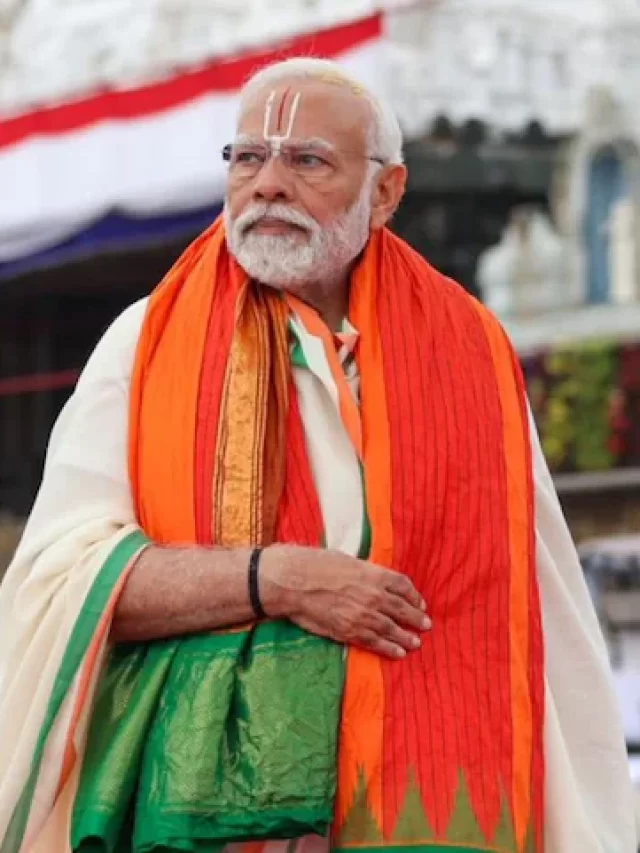Chhath Puja The Festival Of Bihar is one of the most revered festivals in Bihar, India, as well as in parts of Jharkhand, Uttar Pradesh, and Nepal’s Madhesh region. This ancient Hindu festival is dedicated to the worship of the Sun God (Surya) and Chhathi Maiya (a form of Goddess Usha). It holds deep cultural and spiritual significance, especially among the people of Bihar, where it is celebrated with great devotion and grandeur.
Origins and Importance of Chhath Puja

Chhath Puja is said to date back to ancient times, with references to the festival in texts as old as the Vedas. The main purpose of this All Festival 2025 List In Hindi is to express gratitude towards the Sun God, who is considered the source of all energy and life on Earth. The Sun represents health, prosperity, and well-being in Hinduism, and Chhath Puja is a way to thank and seek blessings for a healthy, prosperous life.
The significance of Chhathi Maiya, worshiped during the festival, is rooted in folk traditions. She is believed to be a form of Goddess Usha, who is considered the consort of the Sun God and represents the first light of the day. The festival thus honors both the setting and rising sun, symbolizing the balance between day and night, light and darkness, and life and death.
Four Days of Rituals and Traditions

Chhath Puja is celebrated over four days, with each day holding its own importance. The festival typically falls in the month of Kartik (October-November) and is aligned with the lunar calendar. The four days of Chhath are marked by rigorous fasting, holy bathing, and the offering of prayers to the Sun God.
1. Nahay Khay (First Day)
The first day, known as Nahay Khay, involves the ritual of cleansing and purification. Devotees take a holy bath in rivers or other water bodies, symbolizing the purification of both body and soul. After this, they prepare a simple meal, usually consisting of rice, dal, and pumpkin, which they consume as part of the ritual.
2. Lohanda and Kharna (Second Day)
The second day, known as Kharna, is marked by fasting without food or water from sunrise until sunset. After sunset, devotees break their fast with a simple meal called “Prasad,” which typically includes kheer (sweet rice pudding), chapati, and fruits. This meal is prepared with utmost purity, often using jaggery and ghee to signify sanctity.
3. Sandhya Arghya (Third Day)
The third day is the most important day of the festival, known as Sandhya Arghya. On this day, devotees offer prayers to the setting sun by standing in rivers or ponds and making offerings such as fruits, sugarcane, and the traditional sweet dish called “Thekua.” Women sing traditional Chhath songs, creating a deeply spiritual and festive atmosphere.
4. Usha Arghya (Fourth Day)
The fourth and final day is called Usha Arghya, where devotees offer prayers to the rising sun. This marks the conclusion of the festival. After offering prayers, devotees break their fast, and Prasad is distributed among family members and the community. This day symbolizes the end of the rigorous rituals, with blessings sought for the well-being of all.
Cultural Significance
Chhath Puja is more than just a religious festival—it is a celebration of togetherness, simplicity, and purity. The festival brings families and communities together, fostering a spirit of collective devotion. Entire towns and cities get involved, and local authorities make special arrangements for the festival at riverbanks and ghats, ensuring a safe and serene environment for the devotees.
The festival has a strong cultural significance in Bihar, with people from the state participating regardless of their location. Even those who have migrated to other states or countries make special efforts to return home during Chhath to celebrate with their families.
The Role of Women in Chhath Puja
Women play a central role in Chhath Puja, often being the primary participants in the rituals. Known as “Vratins,” they undergo days of fasting, prayers, and offerings, dedicating their efforts for the welfare and prosperity of their families. It is believed that through their devotion and penance, they receive special blessings for their children and family members.
In recent years, men have also begun participating more actively in the rituals, making Chhath Puja a festival that symbolizes gender equality in worship.
Chhath Puja is a unique festival that combines nature worship with profound spirituality. It is a festival that fosters faith, unity, and devotion while connecting people with their cultural roots. With its deep spiritual essence, colorful rituals, and sense of community, Chhath Puja remains one of the most cherished festivals of Bihar and continues to be a symbol of cultural pride for its people google.



